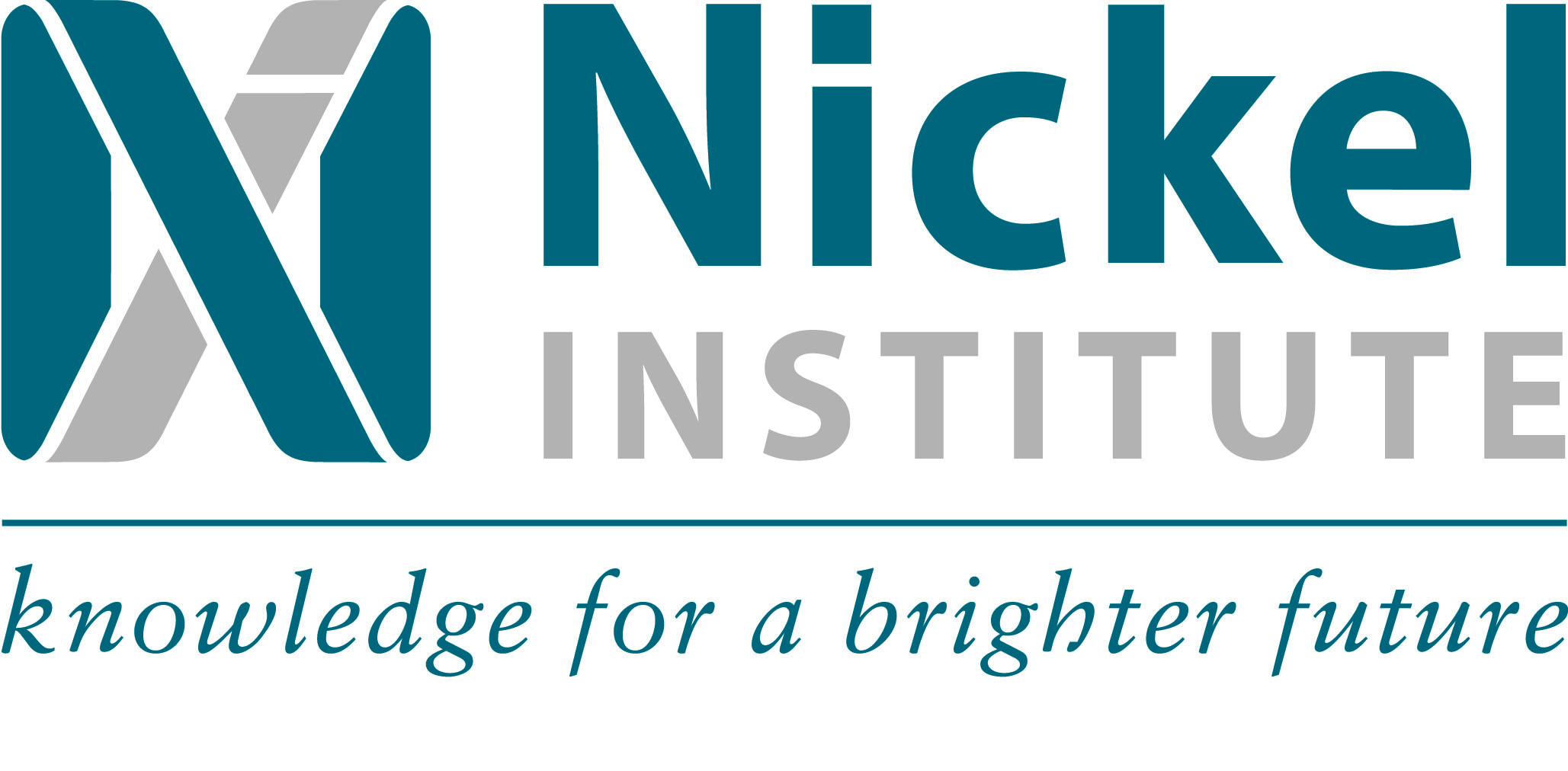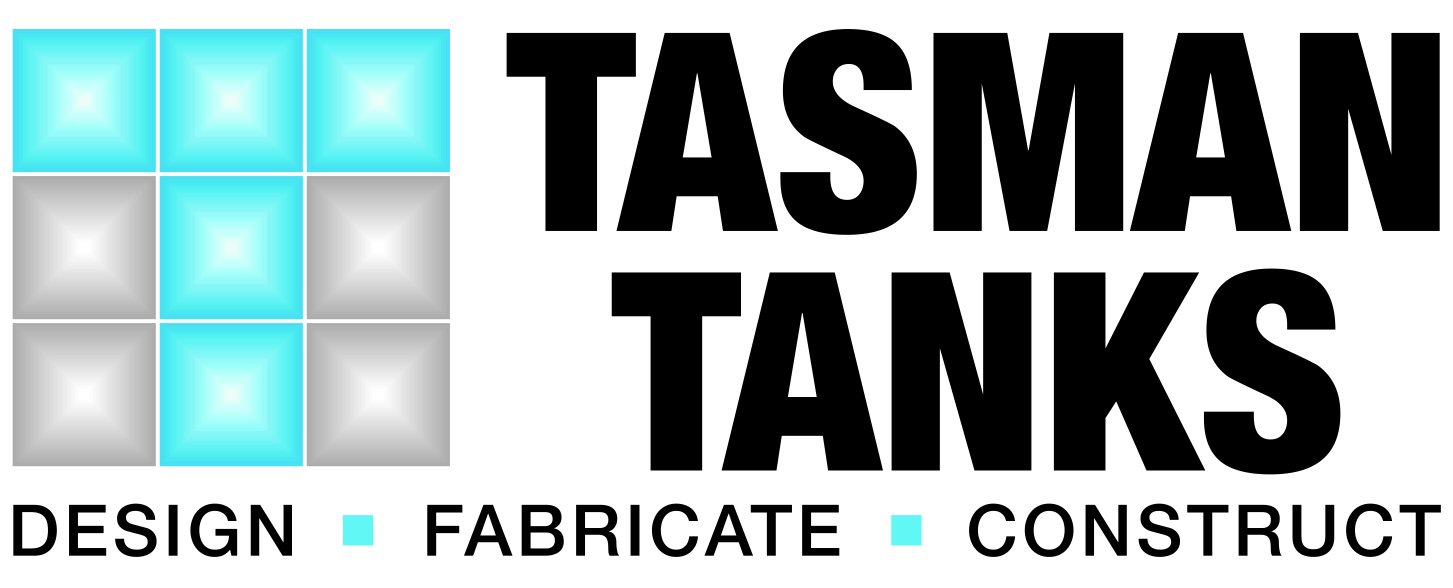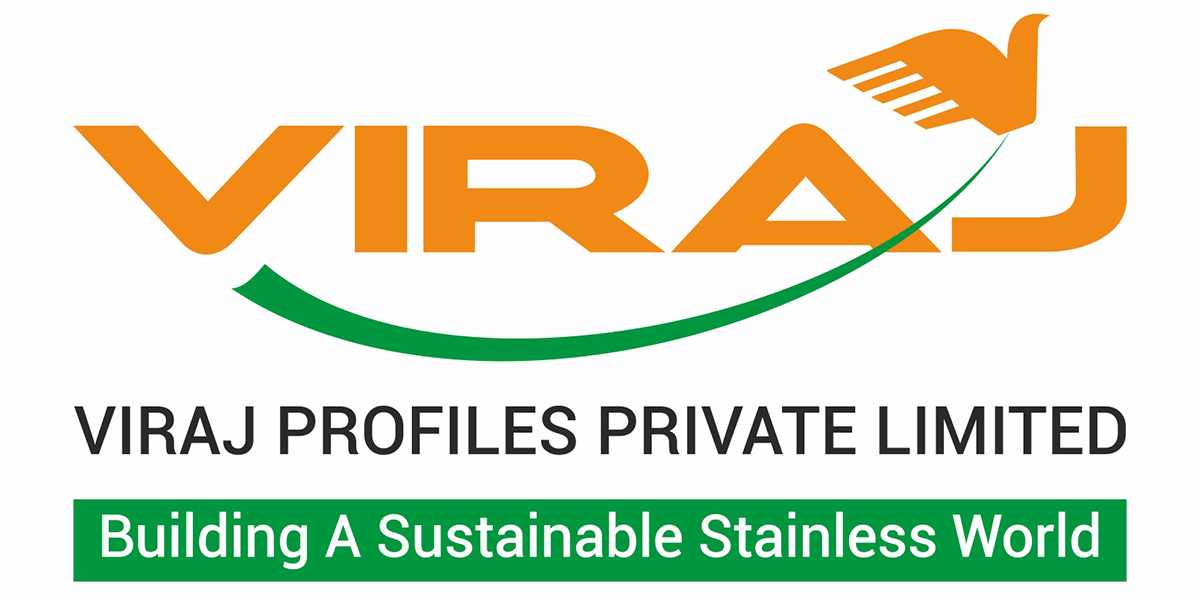
Accurate specification of a surface finish is vital for extracting maximum functionality and durability from stainless steel components. Read Part 2. Read Part 3.
Coated abrasives are important in generating the right surface finish for corrosion resistance, cleanliness, aesthetics or other requirements.
MANUFACTURING PROCESS
Primary manufacturing processes such as casting, forging or rolling produce a surface finish which may be adequate for the end function. If not, there are secondary processes such as machining, cutting, grinding, lapping or mass finishing using tumbling techniques or barrel finishing.
Surface finishing techniques may be mechanical, electrical, thermal or chemical or a combination. The finish depends on grit size, pressure and
product selection.
COATED ABRASIVES
Coated abrasives in the form of belts, rolls or discs are used during both the primary and secondary manufacture of stainless steel into coils, sheets or fabrications. Methods and machinery may vary but the broad principles are:
> do not abrade unnecessarily – start at the finest grit which will produce the desired finish quickly
> never skip more than two grit sizes in a polishing sequence or previous grit lines cannot be removed
> don’t use excessive pressure – coated abrasives cut well with minimal pressure
> don’t persist with a worn abrasive product – when a disc or belt stops cutting it should be replaced.
DEVLOPMENTS
The drive for better manufacturing has yielded improvements to grinding and polishing machinery, accompanied by developments in abrasive products. Better abrasive grains give faster stock removal and longer life which has led to increased horsepower being specified and this has necessitated improvements to the quality of backing materials.
COATED ABRASIVES AND SURFACE FINISH GENERATION
A coated abrasive has three components – backing, adhesive and grain – each of which affects the outcome.
BACKINGS are manufactured from paper, cloth, fibre or a combination, non-woven material or polyester film. The type selected should:
> have sufficient tensile strength to transmit the power loading of the machine
> be flexible enough to conform to component shape
> provide a substrate suitable for the relative strength of adhesive required
> not stretch unduly during use
> in the case of very fine grit coatings, provide a flat and true surface.
Paper backings come in a variety of weights designed for specific tasks. In the stainless steel market belts are most commonly manufactured in E (180-200gsm), F (230gsm) or G (300gsm) weights. They may also have anti-static surface treatments to minimize dust adherence.
Cloth backings come in many varieties. Most commonly, X weight (cotton) and Y weight (polyester) are used in heavier stock removal operations such as the grinding of castings and J weight, which is lighter and more flexible, is used for contour work – polishing complicated shapes. Different cloth backfills applied to the rear of the coated abrasive belt allow it to be used for dry and wet operations (oil or water) according to the type of operation.
Cloth belts are normally used on higher horsepower machines and need to be strong enough for the transmission power which can be as high as 10HP per inch width of belt (7.5kW per 25mm).
Vulcanised fibre is used extensively in the manufacture of resin fibre discs. It is less flexible than paper and cloth backings but has the strength required to withstand high operational speeds and heavy grinding pressures.
Combination backings consist of an E weight paper reinforced with an open weave cotton scrim cloth. They are usually used for very coarse grit operations.
Non-woven backings such as lofted nylon are used in the manufacture of hand polishing pads and rolls. This material also forms the basis of many convolute wheels and flap brushes (pictured) which are used to impart a special brushed finish.
BONDING ADHESIVES are used to anchor the abrasive grains in place on the backing. They can be natural animal glues but thermosetting synthetic resins are the norm. They are stronger, tougher and resist heat and fluids better. Different types and strengths have been developed according to the product’s end use. As a rule of thumb, if belts or discs are shedding (losing grain) then the bond strength needs to be increased; if the product is showing signs of glazing (metal pick up) then the bond needs to be less strong.
ABRASIVE GRAINS Most of the grains in use today are synthetically manufactured to be hard enough to penetrate the substrate being ground while still fracturing under dynamic impact to present new cutting facets. They are designed for high thermal and chemical resistance at grinding interface temperatures.
Premium grade aluminium oxide grains are an effective general purpose abrasive. Silicon carbide grain is used to impart a brighter finish, however it has a comparatively shorter product life. Although more expensive, the newly-developed zirconia alumina grain produces a more consistent finish throughout the life of the product.
Words by Charles Fenton. Charles E. Fenton is Managing Director of Klingspor Abrasive Technologies, Australia. The next article in this series will look at how backings, bonding adhesives and abrasive grains are combined.
This technical article featured in Australian Stainless magazine - Issue 22, September 2002.














